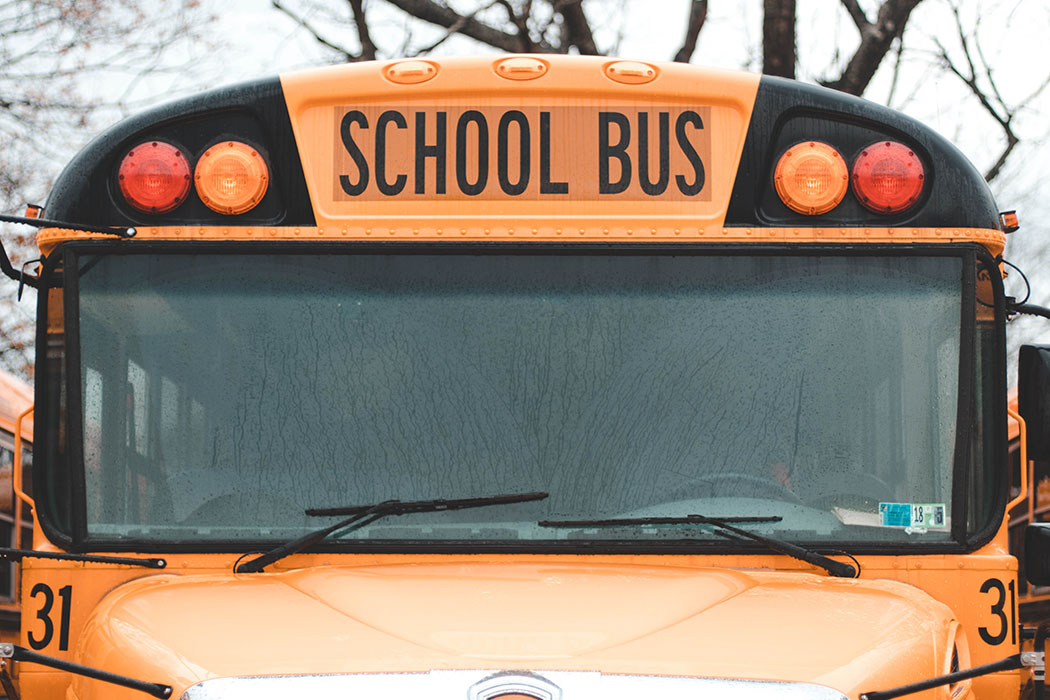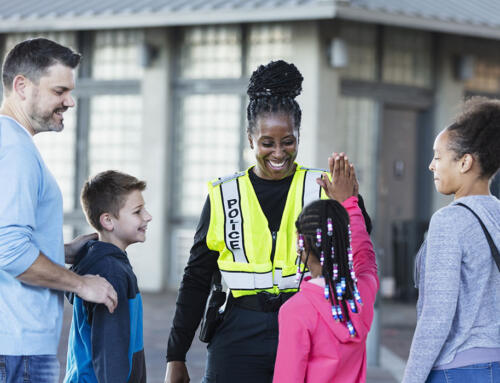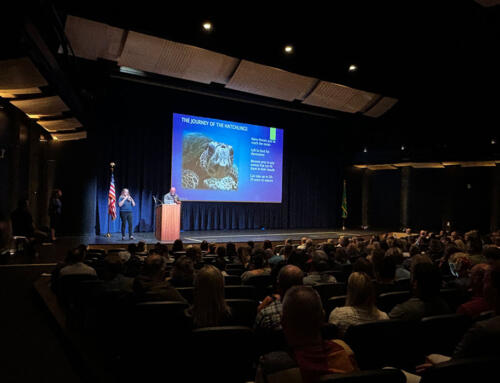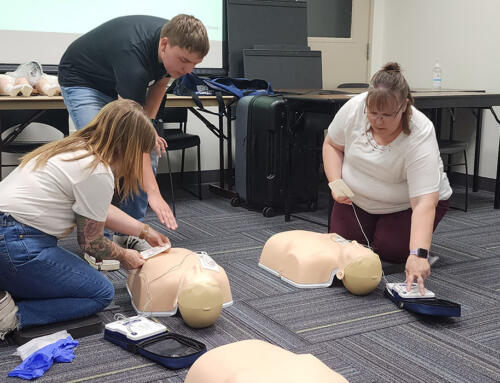The safe transport of students requires using an appropriate type of vehicle and driver for every situation. While the most common and safest mode of school-sponsored transport for students is by school bus with a properly trained driver, numerous alternative transportation options are employed on a regular basis. It is the district’s responsibility to ensure that all district-sponsored transport is as safe as possible.
District-Sponsored Activities
All school-sponsored activities involving the transportation of students should be coordinated between the sponsoring department or building and the district’s Transportation Department. Districts are not obligated to provide transportation to every school-sponsored activity. If a district cannot provide transportation in district buses or vehicles for ALL student participants, it is recommended that the district inform the students and parents that the parents are responsible for providing transportation to and from the activity.
District Employees Transporting Students in District Vehicles
School bus transportation remains the safest means of transport available to school districts and should always be the first choice when feasible. There are scenarios when a district may choose to allow student transportation in district-owned passenger vehicles. Providing student transportation in district vehicles driven by a district staff member is the best alternative to bus transportation for the following reasons:
- The member district has liability coverage for the vehicle and employees.
- The district maintains the vehicle.
- The staff member has successfully completed the screening requirements for employment.
A driver with an unacceptable driving record that is involved in an auto accident with a district-owned vehicle can create a substantial liability loss. It is strongly suggested that districts request and maintain on file a driver abstract and driver license verification for all employees required or allowed to drive a district-owned vehicle. A driver abstract lists the history of the individual’s tickets and accidents for the previous 5 years.
District Employees Transporting Students in Private Vehicles
District employees choosing to use their personal vehicle to transport students bear the liability for doing so as well as the responsibility for any damage to their vehicle, maintenance, and meeting of safety requirements. Before approving the use of staff-owned and operated vehicles for the non-emergency transportation of student(s), districts must ensure documentation of the following:
- The driver is at least 21 years of age.
- The driver has a valid Washington State driver’s license.
- The driver’s annual MVR/driver abstract meets recommendations regarding moving violations and accidents.
- A signed acknowledgement that the employee’s personal automobile insurance is primary and that in case of an accident, any claims will be tendered to the employee’s personal automobile insurance company.
- An acknowledgement that the vehicle has no physical or mechanical defects that would interfere with the safety of the driver and/or passengers.
- That seatbelts are available for the driver and each passenger and the wearing of them is enforced. See also requirements regarding Child Passenger Restraint Laws for additional compliance issues.
- If vehicle has dual airbags, children under 12 or small persons will not be seated in front passenger seat.
- The vehicle has a rated capacity of 10 passengers or less.
- Parent permission slips are obtained for all students.
It is recommended the driver’s auto insurance has minimum auto liability limits of $100,000 per occurrence and $300,000 aggregate combined single limits (or $100,000/$300,000 Bodily injury, $50,000 Property Damage) and uninsured/underinsured motorist coverage. Ask your ESD 112 Loss Control staff for a Volunteer Driver Checklist Form to help document these procedures.
Parent/Volunteer Drivers Transporting Students in Private Vehicles
While the Southwest Washington Risk Management Insurance Pool (Risk Pool) discourages use of volunteer drivers for student transportation, we recognize there are instances where judicious use of volunteer drivers may be necessary. Recommendations are:
- Volunteers who transport students in their personal vehicles be at least 25 years of age and with a minimum of 3 years driving experience.
- Volunteers complete a Volunteer Driver Checklist form to reduce your district’s liability exposure.
- Drivers provide proof of auto liability insurance with minimum limits of $100,000 per occurrence and $300,000 aggregate combined single limit of liability (or $100,000/$300,000 Bodily Injury, $50,000 Property Damage) and uninsured/underinsured motorist coverage.
- Requesting an MVR/driver abstract that meets recommendations regarding moving violations and accidents if the volunteer is to transport student(s) on more than one occasion or if the trip may be out-of-state.
Remember that school districts are required by law to perform background checks for any adult who has regularly scheduled unsupervised access to students.
If there are questions regarding these scenarios please contact the Risk Pool at 360-750-7504.




